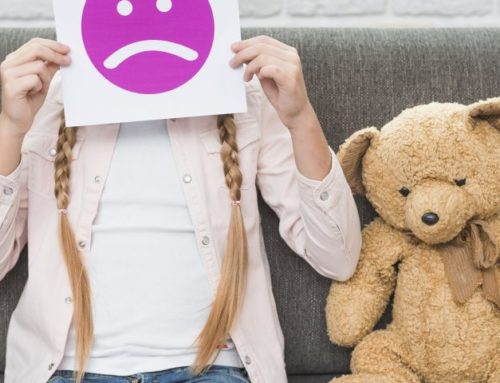Wildfires bring a host of dangers and problems with them. Not only are they devastating on the surrounding landscape and on housing and business districts but also they are quite hazardous to one’s health. This is particularly true for those who have undeveloped lungs or prior respiratory issues. Children’s lungs are not yet fully developed; in addition, they breathe in more air per pound of body weight than adults do, leading to increased allergen and pollutant counts being inhaled during and following a wildfire.
Precautions Required During Wave of Wildfires
For these reasons, parents should take precautions with their children during wildfires regardless of whether their children have preexisting respiratory conditions, such as asthma. They should check air quality levels daily and should abide by any evacuation or school closing guidelines. They should keep their children inside and should highly restrict any outdoor activities, including sports.
Be Aware of Symptoms & Consulting a Pediatrician
It is vital that parents look for any symptoms of respiratory distress in their children following a wildfire and address concerns with a reputable doctor, such as Dr. Matney. Symptoms that are concerning include unusual fatigue, pale or blue-tinged skin, coughing, and difficulty breathing. If any of these symptoms begin, the child should immediately be moved indoors to rest and should use a steroid inhaler if he or she has access to one. If children have been outdoors, they should change their clothes, get a bath and wash their hair to remove dangerous particulate matter from themselves. Otherwise, these very small particles can get on furniture, carpeting, and pillows, further increasing respiratory problems in the future.






